By Geraldine Forbes
Slide 1
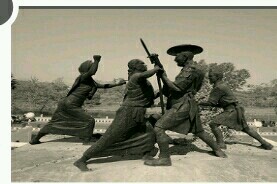 This is women’s history month (March), a month to reflect on what women have accomplished and what remains to be done to create an equitable world. The field of Women’s History has played am important part in making this possible. This field emerged in the 1970s in the USA as a byproduct of the women’s movement and women’s desire to be included in the history of the nation and the world. Beginning at this time, we argued that we needed to include women in history:
This is women’s history month (March), a month to reflect on what women have accomplished and what remains to be done to create an equitable world. The field of Women’s History has played am important part in making this possible. This field emerged in the 1970s in the USA as a byproduct of the women’s movement and women’s desire to be included in the history of the nation and the world. Beginning at this time, we argued that we needed to include women in history:
Slide 2
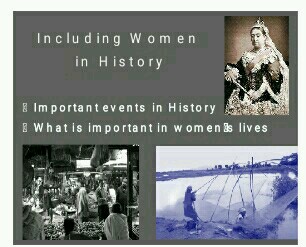 Because they had been left out of written history even though women have always been 50% of the population
Because they had been left out of written history even though women have always been 50% of the population
- That including them would give us a much better
understand of the past - Understanding this past more fully would change the way
we viewed the future.
Slide 3
 But, if we wanted to write Women’s History, we would have to do
But, if we wanted to write Women’s History, we would have to do
two things at the same time: 1) write history to include women
who had played important roles in events, and 2) Recuperate women as historical subjects, that is, to write about women’s experiences as primary.
Slide 4
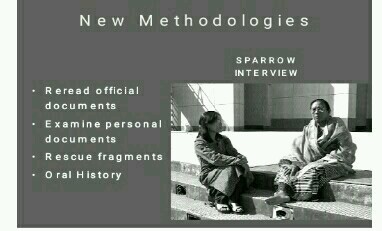 Faced with the fact that prominent women were difficult to
Faced with the fact that prominent women were difficult to
find in the archives and ordinary women almost impossible,
we needed: new methodologies: e.g., rereading official documents, reading silences, and oral history;
Slide 5
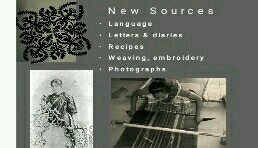 and new sources: e.g., diaries and letter, recipes and
and new sources: e.g., diaries and letter, recipes and
cookbooks, women’s embroidery and quilt making, and
photography were explored.
Slide 6
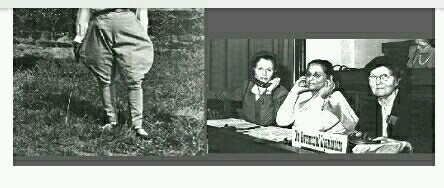 My research on women’s lives began more than three decades ago when I was editing Shudha Mazumdar’s memoir for publication and wanted to understand the historical context of her life. Because conventional archives had not preserved women’s records, I contacted individuals and discovered many had personal archives that included organizational records, letters, newspaper and journal articles, and photographs. I began to look at photographs because the women I was interviewing insisted I do so. To find photographs of women, I have had to look at family albums and found they could be used as documents for writing the history of women in colonial India.
My research on women’s lives began more than three decades ago when I was editing Shudha Mazumdar’s memoir for publication and wanted to understand the historical context of her life. Because conventional archives had not preserved women’s records, I contacted individuals and discovered many had personal archives that included organizational records, letters, newspaper and journal articles, and photographs. I began to look at photographs because the women I was interviewing insisted I do so. To find photographs of women, I have had to look at family albums and found they could be used as documents for writing the history of women in colonial India.
Slide 7
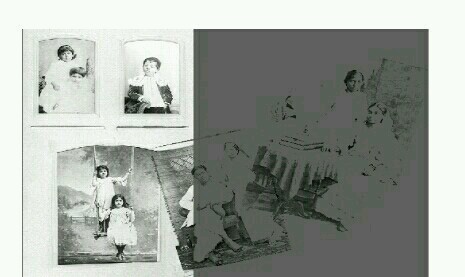 Why do families keep photographs? On author calls them “the glue” that proves people are connected in fast-paced society. As the photos are taken out, viewed, handed around, and talked about, family members tell themselves stories about their
Why do families keep photographs? On author calls them “the glue” that proves people are connected in fast-paced society. As the photos are taken out, viewed, handed around, and talked about, family members tell themselves stories about their
ancestors, relatives, and aspirations through their photographs. In doing so, they preserve “memories, document important moments and confirm social relationships and the fact of belonging.” This is, Tobiassen writes, the closest most families come to constructing a family history.
Slide 8
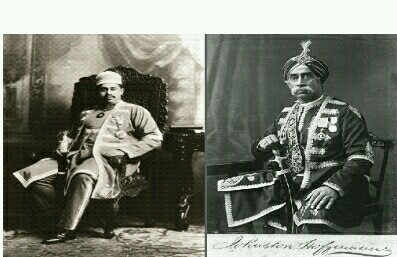 In India, the elites were the first to be
In India, the elites were the first to be
photographed.
Slide 9
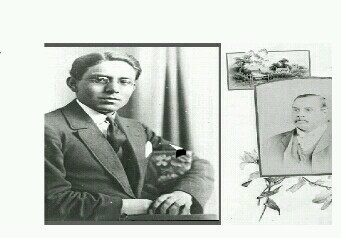 Colonialism produced another new class interested in photography urban professionals. The colonial bureaucracy demanded educated men who were produced by an educational system that itself became an employer of its own graduates. Law, medicine, education, engineering, and the bureaucracy employed a new class of Indians who were invested, at least in their public lives, in a new world. Fortuitously, the photograph was invented in time to document this social transition
Colonialism produced another new class interested in photography urban professionals. The colonial bureaucracy demanded educated men who were produced by an educational system that itself became an employer of its own graduates. Law, medicine, education, engineering, and the bureaucracy employed a new class of Indians who were invested, at least in their public lives, in a new world. Fortuitously, the photograph was invented in time to document this social transition
Slide 10
 My research involves looking at the family collections of this new professional class for evidence about women and girls.
My research involves looking at the family collections of this new professional class for evidence about women and girls.
Slide 11
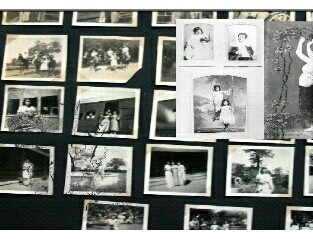 In the late nineteenth century, the urban professional class began to assemble photographic collections.
In the late nineteenth century, the urban professional class began to assemble photographic collections.
Slide 12
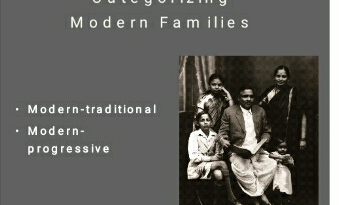 In my work, I refer to the new professional families as “modern” and then divide them into two groups – based on their photographs: modern-traditional families and modern progressive . All “modern” families were interested in Western education, willing to work within the colonial structure, and accepted Western science, technology, and medicine (and photography). The difference between Modern-Traditional and Modern-Progressive is not related to their religious, ritual, or political views, but their gender ideology. The “modern progressive families,” were interested in new roles for women which included education, a later age of marriage, and participation in activities outside the home.
In my work, I refer to the new professional families as “modern” and then divide them into two groups – based on their photographs: modern-traditional families and modern progressive . All “modern” families were interested in Western education, willing to work within the colonial structure, and accepted Western science, technology, and medicine (and photography). The difference between Modern-Traditional and Modern-Progressive is not related to their religious, ritual, or political views, but their gender ideology. The “modern progressive families,” were interested in new roles for women which included education, a later age of marriage, and participation in activities outside the home.
Slide 13
 In Modern-Traditional families, women appeared in their family photography collections in showing photos
In Modern-Traditional families, women appeared in their family photography collections in showing photos
* Geraldine Forbes is Distinguished Teaching Professor, Dept. of History, State University of New York, Oswego. She presented this in a Lecture Series organized by Centre for Manipur Studies (CMS), Manipur University (MU), and transcribed by Aheibam Koireng, Faculty, CMS, MU.











